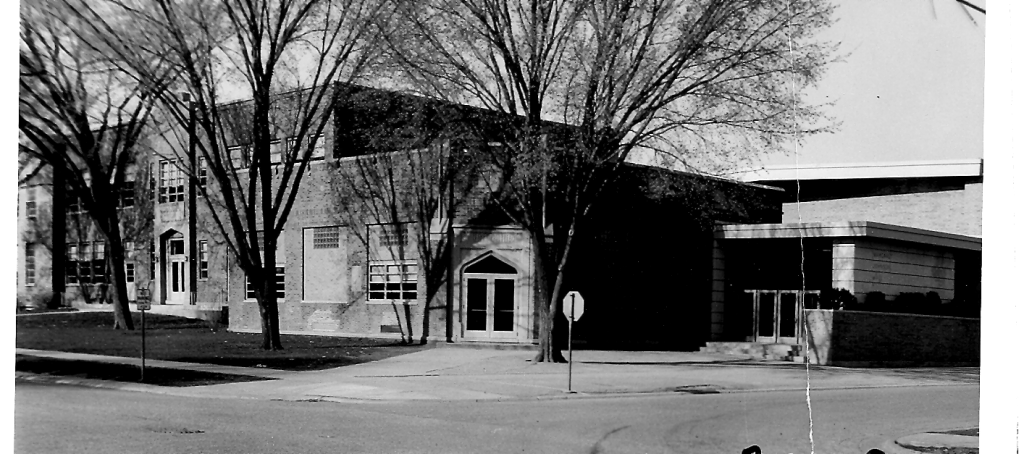Mon, Wed, Fri, & Sat: 9am-5pm, Tue & Thur: 12pm-8pm | Closings
*Computers, printers & faxing services shut down 10 minutes before library closing.
Schiller Park Historical Society
The Schiller Park Historical Society has moved to a new location:
Schiller Park Historical Society C/O Washington School 4835 Michigan Ave Schiller Park, IL 60176
In 1989, the Village of Schiller Park formed The Schiller Park Historical Commission. The Commission operates a research room, located at Washington School – 4835 Michigan Ave, Schiller Park, IL 60176. This room stores photographs, maps, newspaper articles, pamphlets, costumes and other items pertaining to Schiller Park. In 1991, the Historical Commission began an educational program. This program includes a curriculum for second through fifth graders and a docent program for selected eighth graders. In 1999, in conjunction with the Village, the Historical Commission began maintaining records for the Military Service Wall of Honor at Clocktower Park.
The Commission is always seeking volunteers to assist with research, writing, accessioning, and data entry. The Commission is also in need of certain types of research information, such as old phone books, aerial maps, photos, and WWI and WWII memorabilia. The Commission formally meets the 2nd Monday of the month at 11:00 AM, but the Commission’s has regular office hours on Monday mornings from 9:00 AM to 12 Noon. In addition the Commission’s Research Room is open to the public during the fall, winter, and spring on the 2nd Saturday of the month from 9:00 AM to 12:00 Noon. If you have a question, or are interested in volunteering for the Commission, please contact the Commission by phone at 847-349-7838 or via email at SPHC1914@gmail.com .
Early 1800:Fields, trees, the Des Plaines River and the Three Fires Nation inhabited the area. The Potawatomi, Ottawa and Ojibwa Indian tribes inhabited the region around the river. |
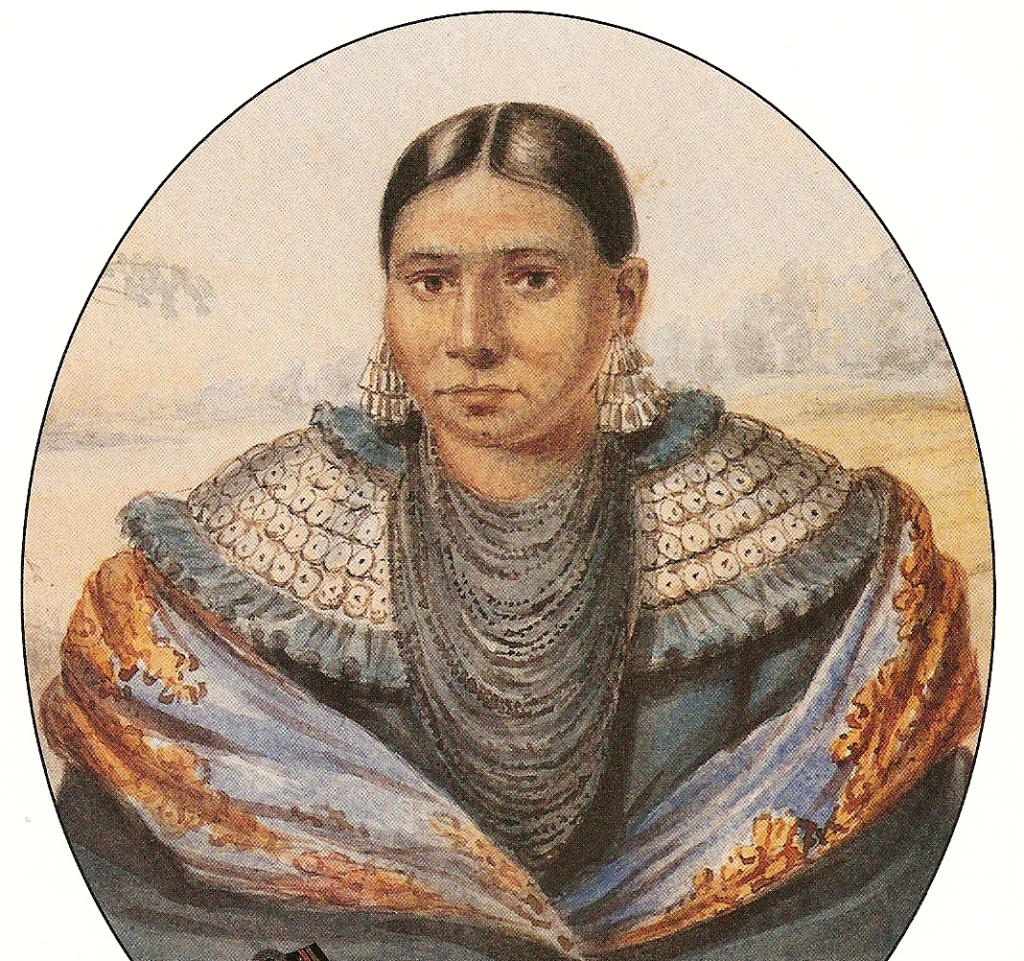 |
1810:The Fort Dearborn Massacre involved Alexander Robinson, chief of the Potawatomi tribe, who rescued military personnel taking them to safety at Mackinac Island. |
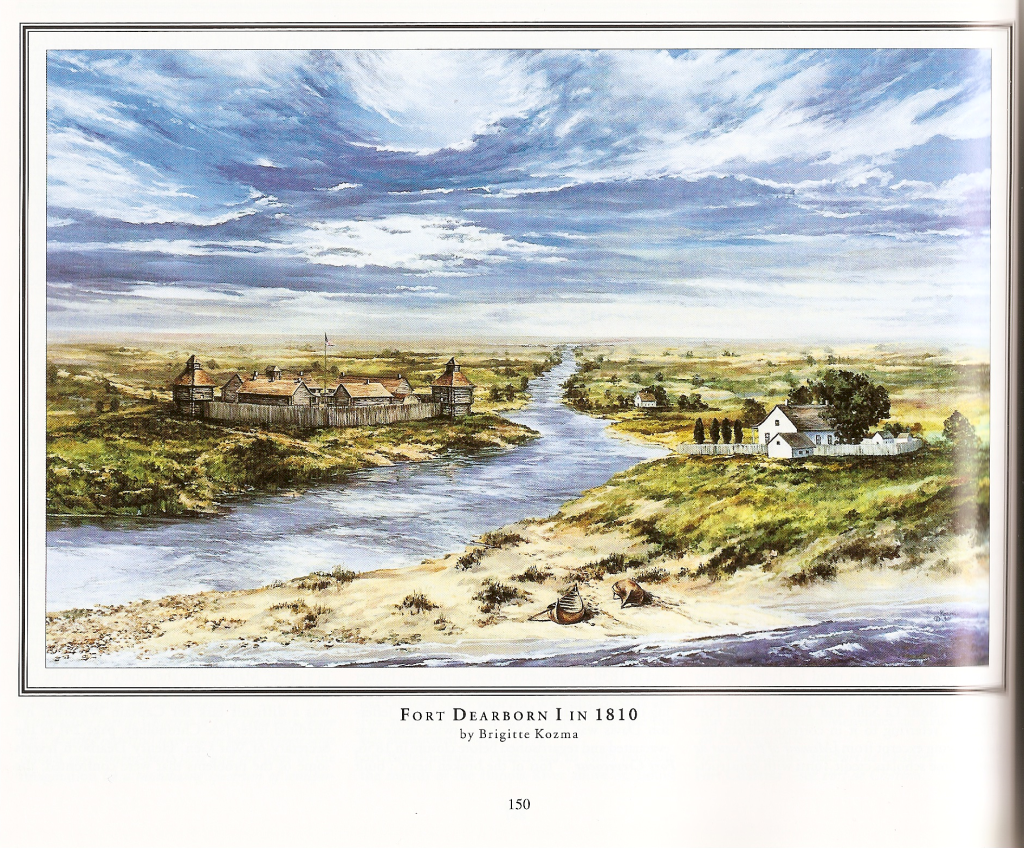 |
1820:The Prairie du Chien Treaty deeded to Robinson 1,280 acres on both sides of the river, which would later comprise a large portion of Schiller Park. |
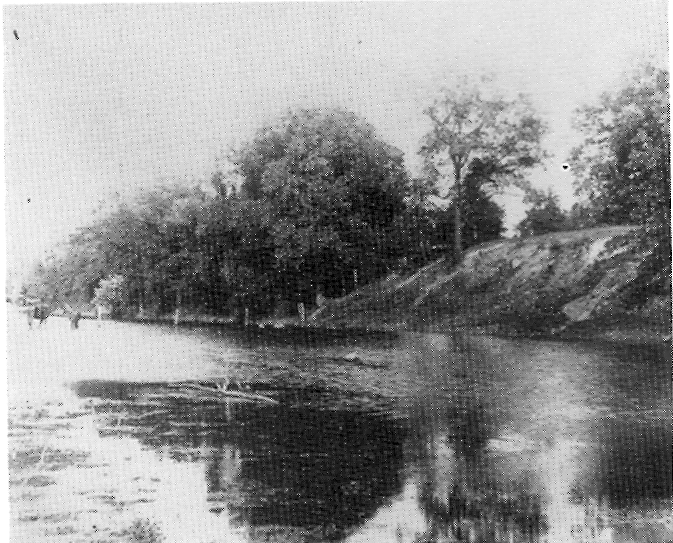 |
1830:Robinson moved his family to the river. He led a delegation of chiefs to Washington D. C. to plead the cause of the tribes being pushed out of the lake region. Later he along with Billy Caldwell and other chiefs would have the task of escorting the tribes westward. |
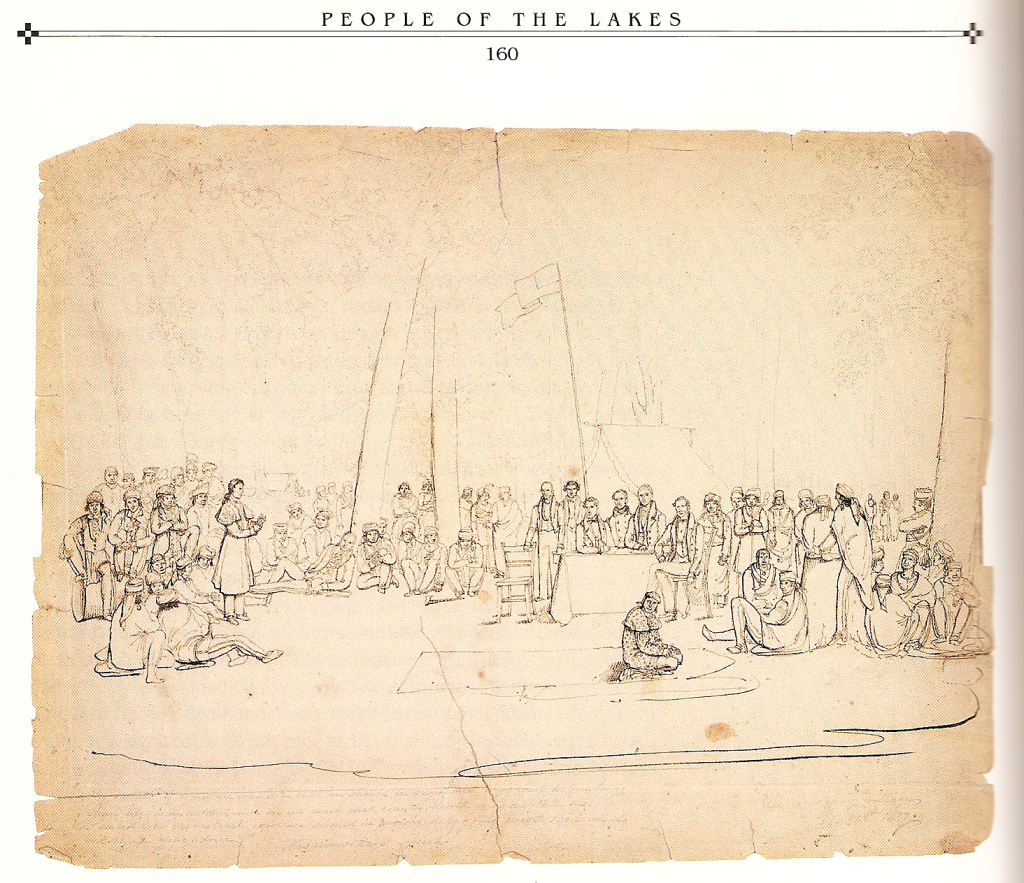 |
1840:John S. Everett bought 105 acres of Robinson land, in the general area of the present location of Irving Park Road and River Road. Ashley Gilbert bought land in what was then referred to as Fairview. |
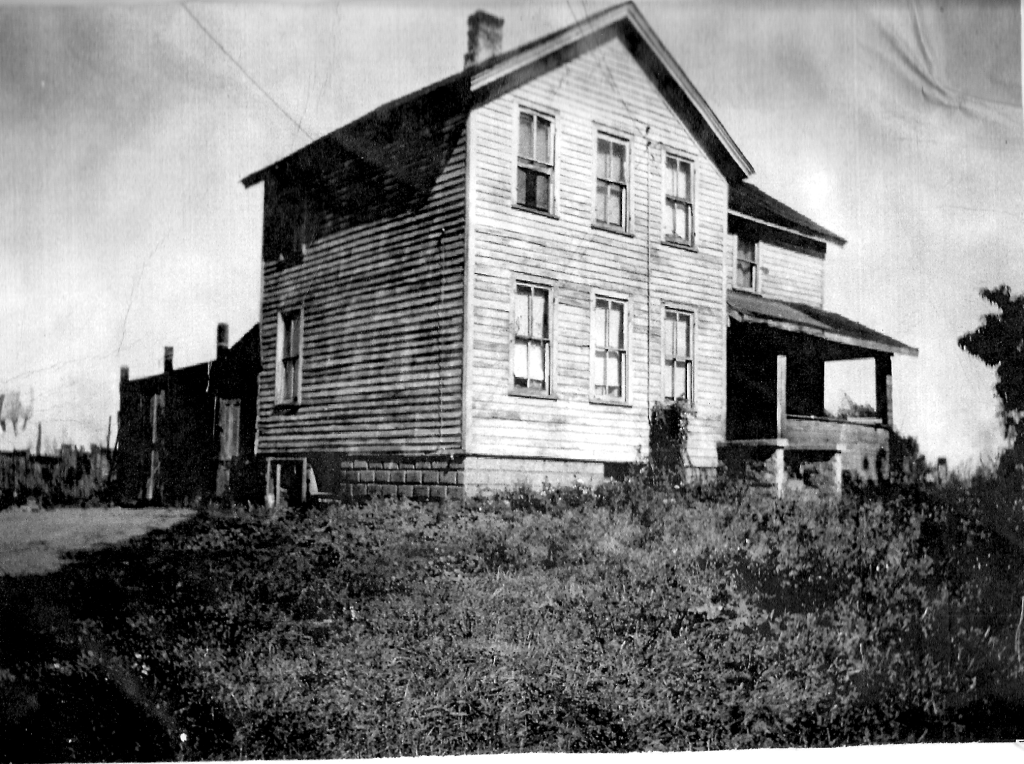 |
1850:Immigrants arrived taking up land around Robinson’s Reserve. German farmers were coming to try their luck in the land of promise. |
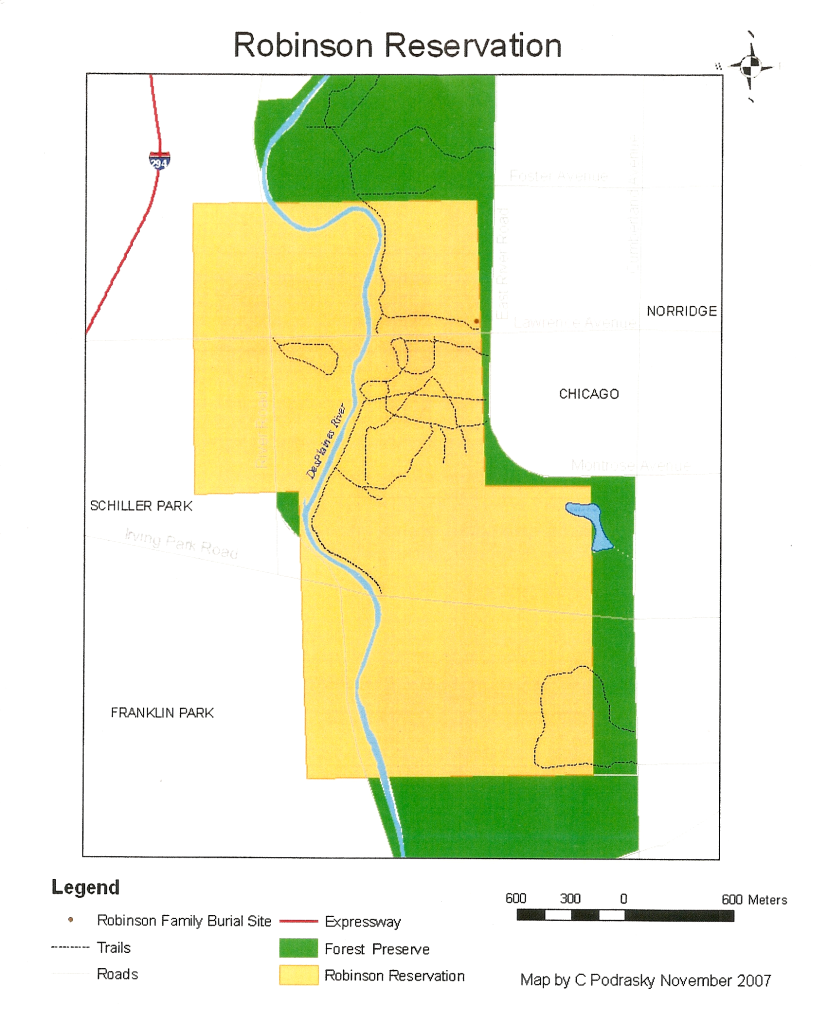 |
1860:During the Civil War Robinson’s son David served in the Union Army. Here is an example of a Union soldier. |
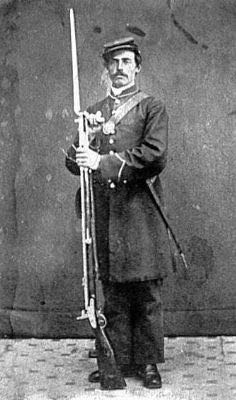 |
1870:The community grew as more and more immigrants primarily of Italian, Polish and Spanish descent arrived. Robinson died in 1872. |
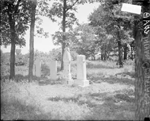 |
1880:William Kolze came with his family and bought the Everett land. Wisconsin-Central Railroad ‘s first run was in 1886. |
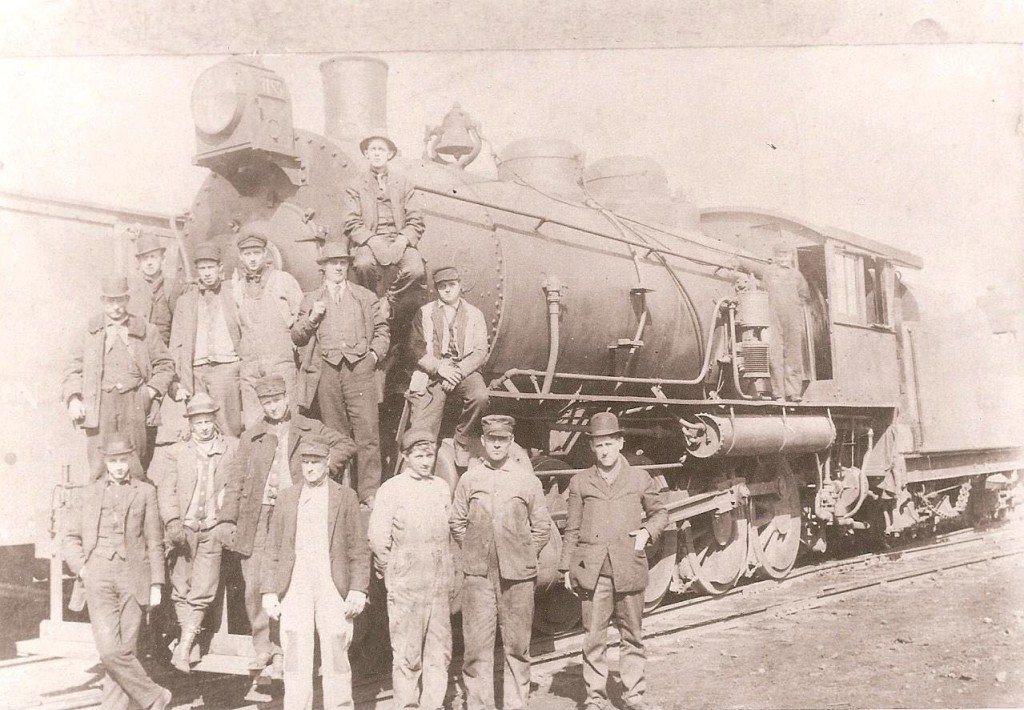 |
1890:Kolze built his home, a large white house which became a landmark. Railroad strikes reared their heads. It was a time of prosperity for some parts of the area, but life in the Kolze community was quiet and hardworking. |
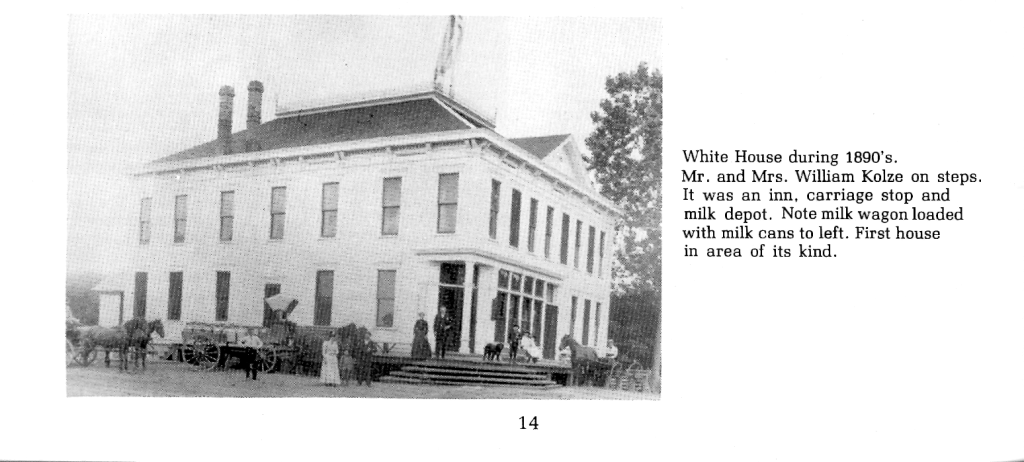 |
1900:Statistics listed nine homes, one school, a blacksmith shop and two saloons. Mud roads, backyard pumps, outhouses, gardens and various animals also made up the community. |
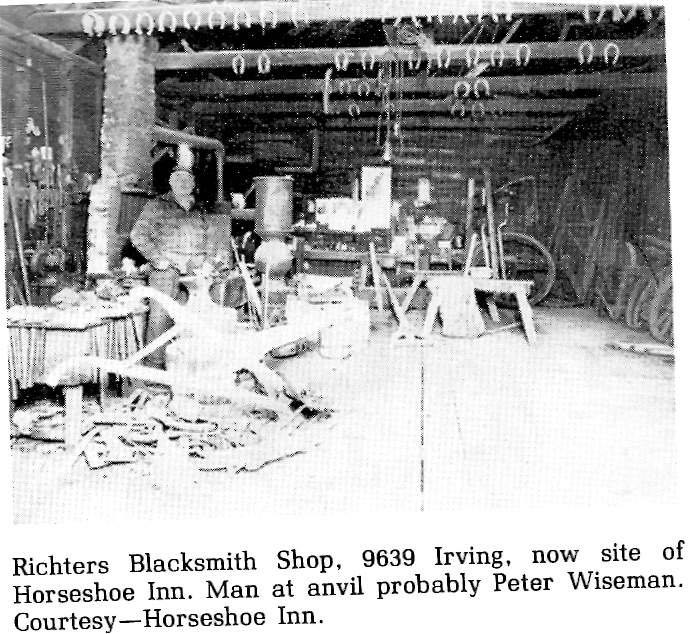 |
1910:Population of the village was 258 (180 were children). During this era movies featuring Tom Mix, the Farnums and others were made along the Des Plaines River. |
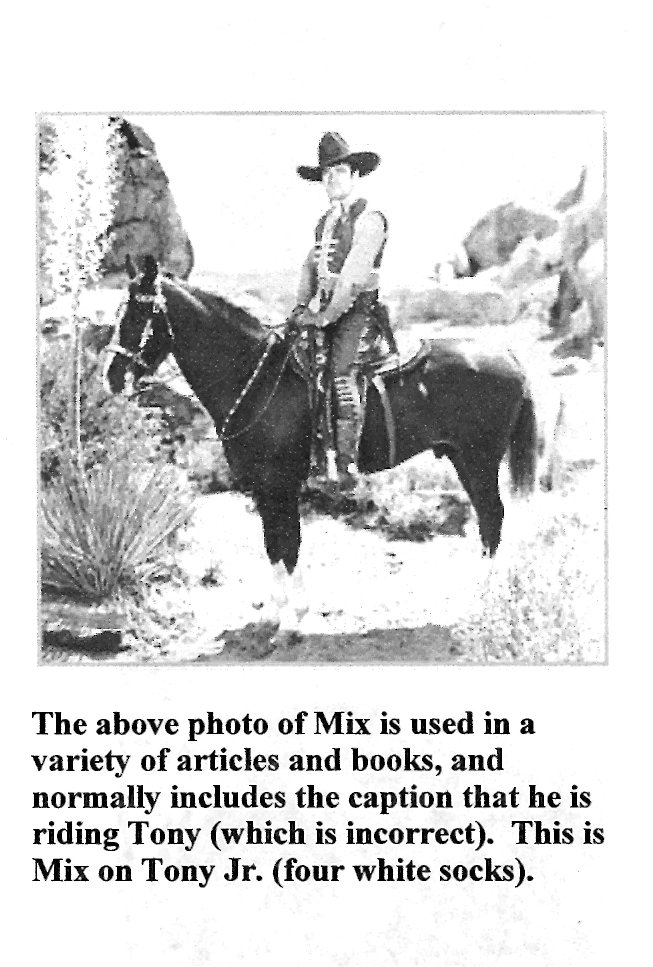 |
Village of Schiller Park incorporated in 1914 |
|
1920:Prohibition, the Charleston and the flapper era started the decade. Unemployment and the stock market crash brought the onset of hard times at the end of the decade. |
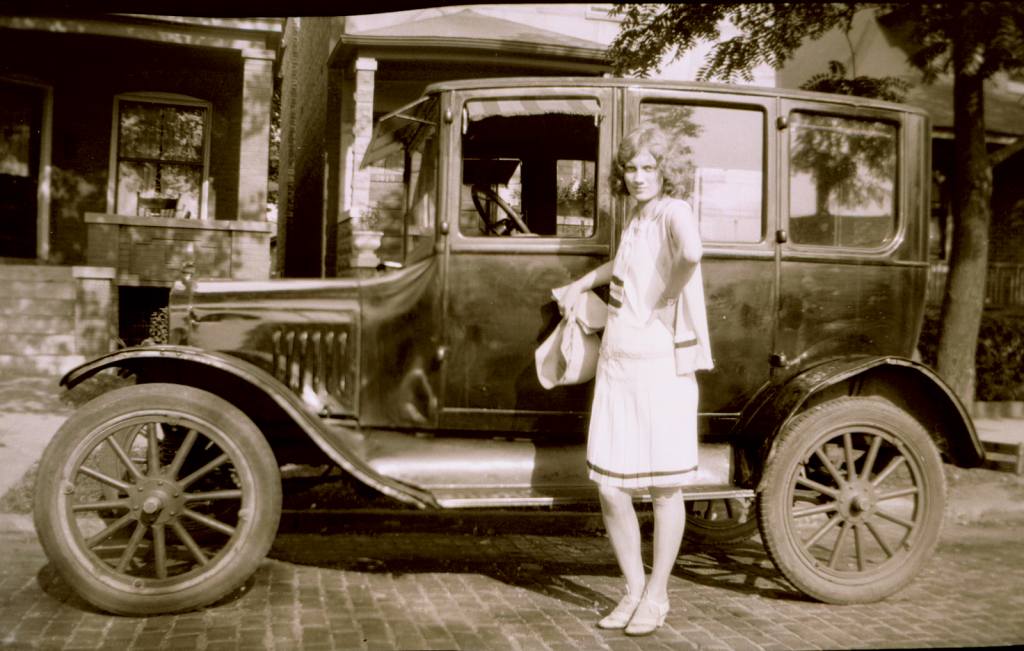 |
1930:Depression reared its ugly head. Population was 700. Julia Marenga Kolze, daughter-in-law of William Kolze, became the first woman mayor of Schiller Park. She was also honored at the World’s Fair as the first female mayor of Illinois. |
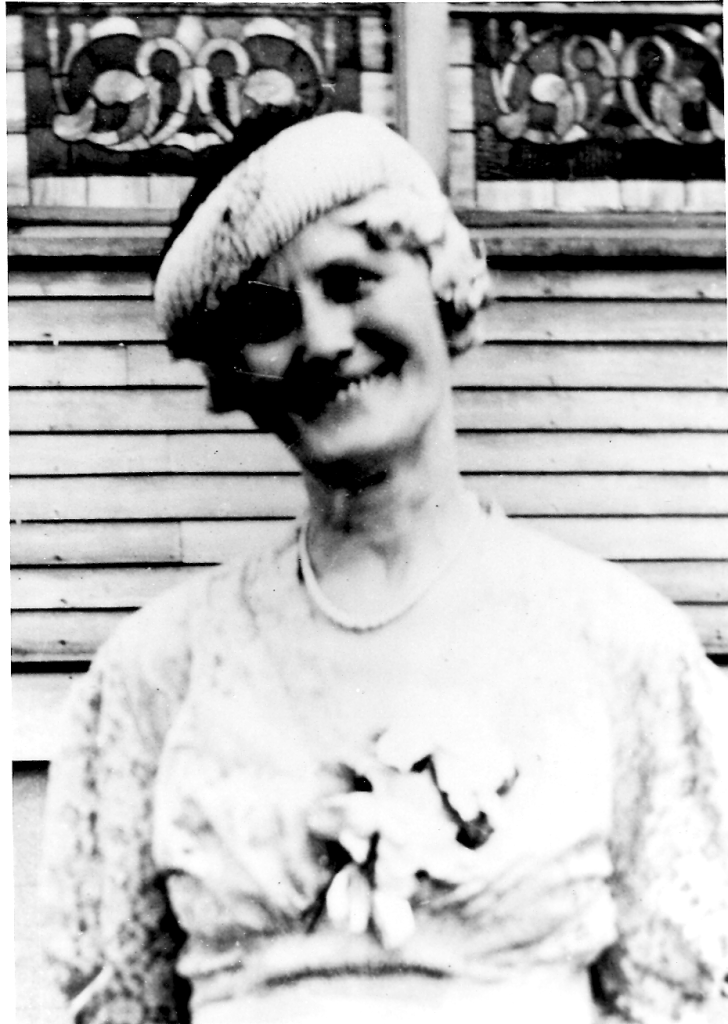 |
1940:During the war years men were taken into service. Our population was 800. |
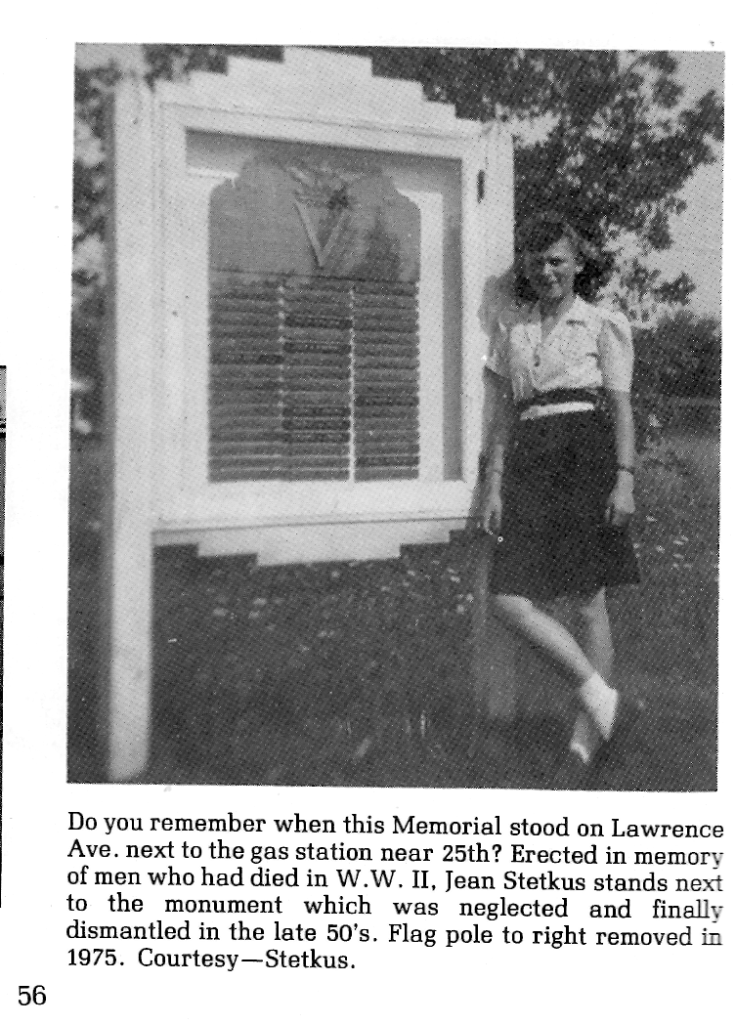 |
1950:Post-war boom, by the mid 50’s our population reached 5,000. New homes and businesses were built. |
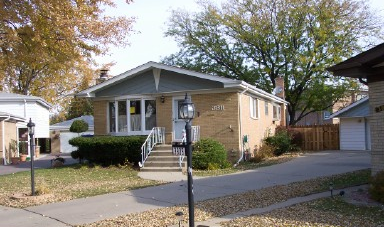 |
1960:Fairview, Frogtown, and the Indian Park subdivision were annexed. The Tollway and O’Hare Airport were constructed. Population reached 8,600. |
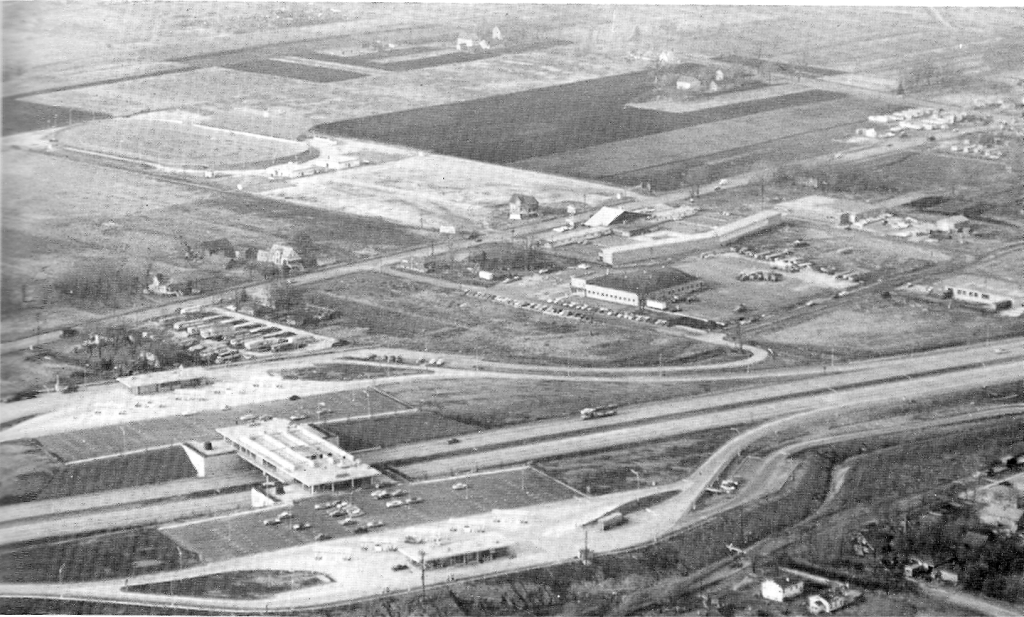 |
1970:Three public schools, two Catholic schools and numerous churches sprang up. Organizations such as Scouts, Sertoma, Legions and others flourished. |
Public School – Lincoln Middle School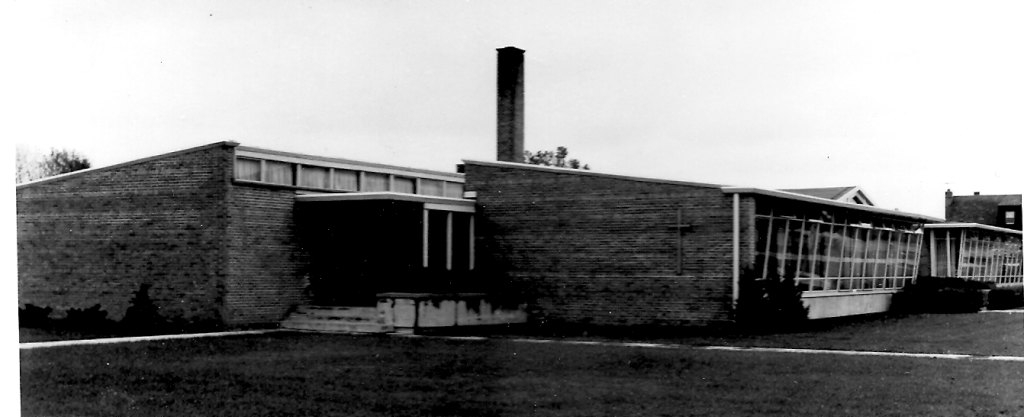
Private School – St. Beatrice School
|
1980:We continued our battle with the O’Hare expansion. Population leveled off at 11,000. |
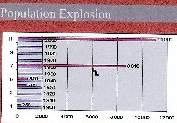 |
1990:Home rule was established for the village. The Memorial Wall for veterans was erected. Trees killed by Dutch Elm disease in the 1960’s began to be replaced with young plantings. Plans for Metra Station and Senior Housing projects were established. |
 |
2000:Senior Housing project was completed and first residents moved in. Metra Station construction began. |
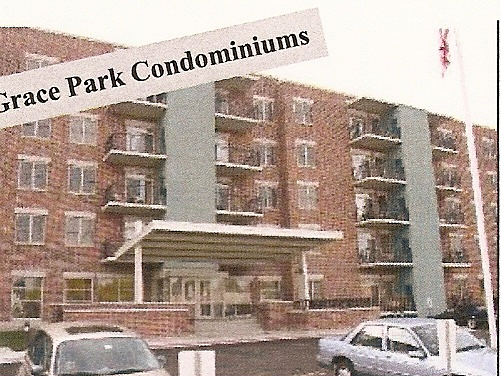 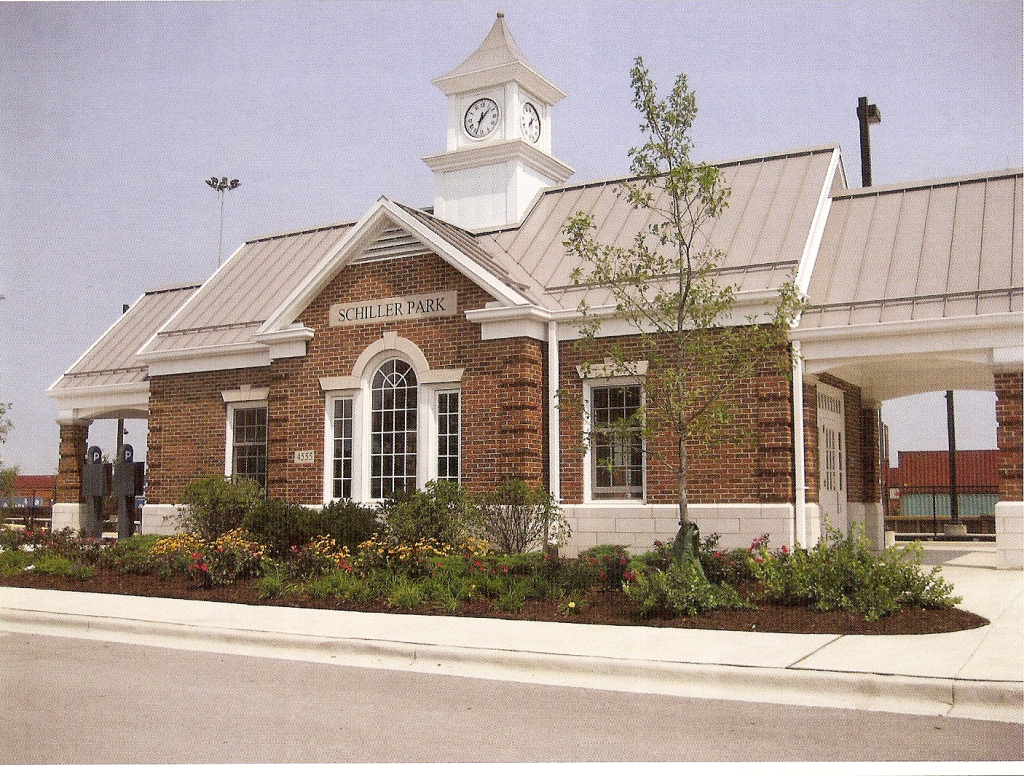 |
© Schiller Park Public Library - The Village of Schiller Park

